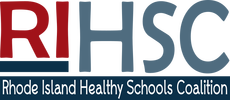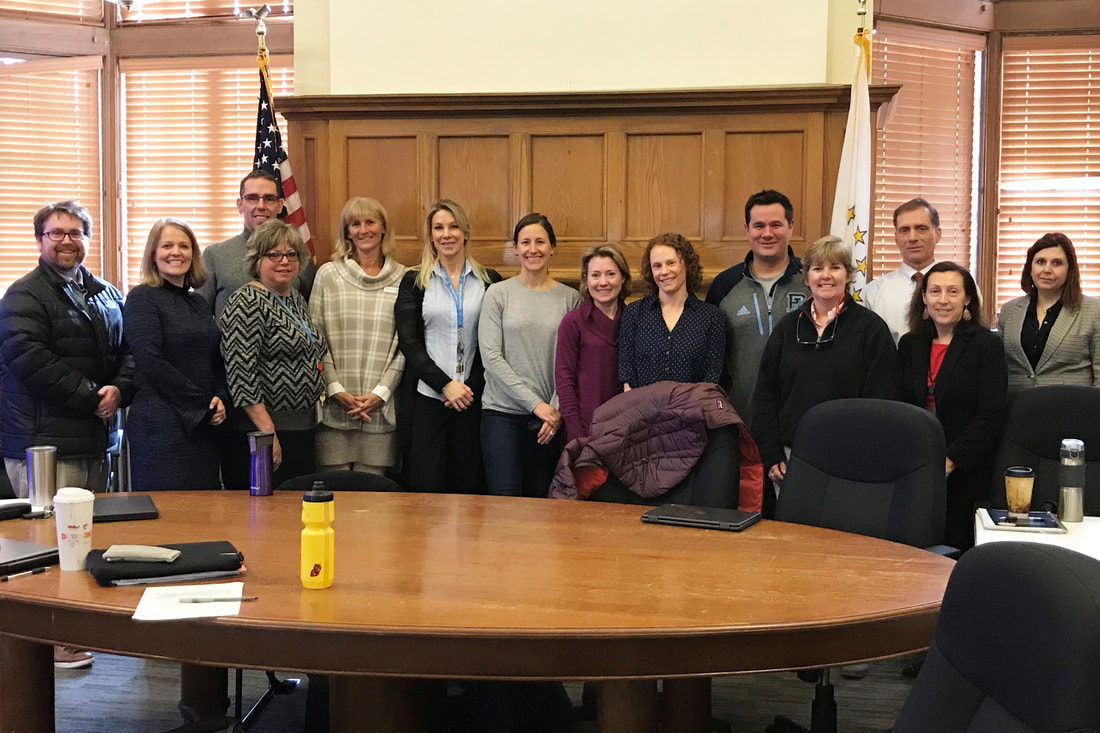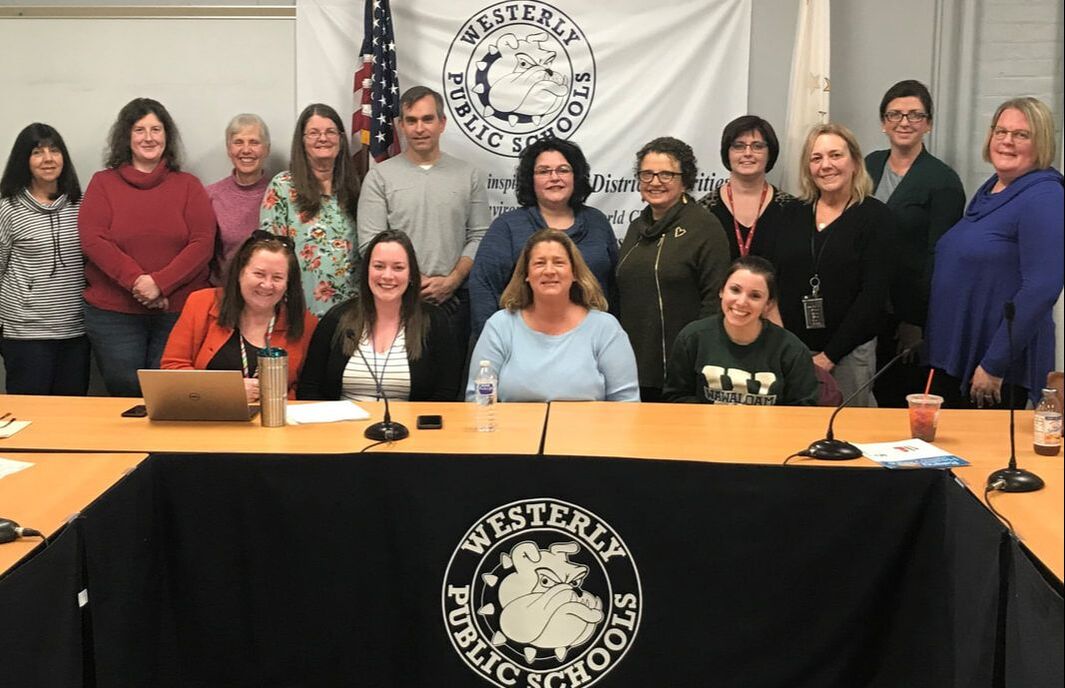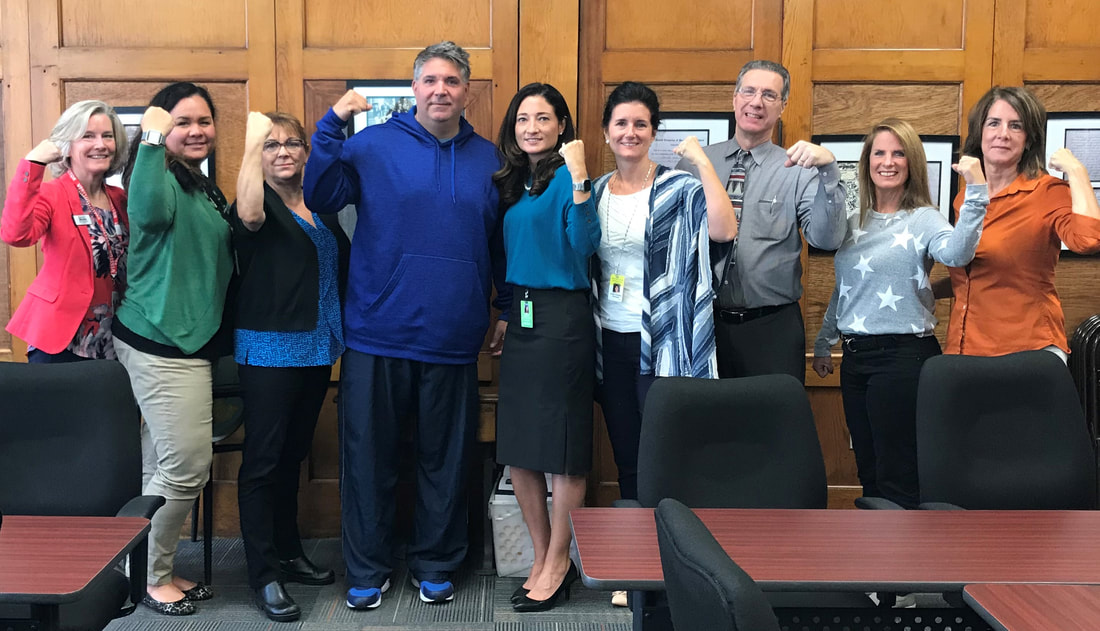10 steps to a wellness policy
|
1. Assess Current Policy (if there is one)
Utilize the UConn Rudd Center for Food Policy & Obesity’s WellSAT 3.0 policy assessment tool for a comprehensive review of a district written wellness policy. The WellSAT 3.0 reflects new USDA school nutrition requirements as well as current best practices in all areas of school wellness. The WellSAT 3.0 assesses policies for comprehensiveness and strength of language. 2. Use Model Policy Language for Revisions Review national model policies and current wellness policies from Rhode Island districts for examples of formatting and policy language, though current federal and state regulations MUST BE INCLUDED. See Laws & Regulations page for a complete list, including links to each primary source document.
3. Ensure Required Content and Inclusion of all State/Federal Laws and Regulations Local Wellness Policies must meet the requirements of the Healthy, Hunger-Free Kids Act. See Summary for content details. Policies must also align with federal and state laws and regulations and can be referenced in the policy. See Laws & Regulations page. 4. Review for Language Strength, Comprehensiveness and Ease of Reading Ensure that the formatting of the policy makes it easy to read and understand. Be mindful of the differences between terms like "require" or "prohibit" and terms like "recommend" or "discourage". Remember that a goal or requirement that's officially written into a policy is more likely to be monitored and implemented. 5. Share Policy Draft with School Constituency Groups for Feedback Consider sharing a draft with building principals, union leaders, parent leadership groups, boosters, and other key individuals to gain support or understand concerns. It is often more productive to involve stakeholders earlier in the process for a system of inclusivity to prevail. 6. Commence School Committee Review and Approval Process Be sure to understand the review process of your local school committee. The policy may need to go through a policy sub-committee first and then have two or three readings before a final vote. Be sure to review the calendar of the school committee to gauge how long the process of approval may take. 7. Make Policy Available to All Stakeholders and the Public Principals, classroom teachers and other school staff (plus parents and students themselves) need to be aware of the wellness policy if they are expected to understand its intent and support it. A policy will need to be repeatedly messaged in many different ways to address the whole school community. See Communicate & Educate page. 8. Implement Wellness Policy in all District Schools This is the fun step!! Let the policy be a guide and work with the district wellness committee to develop plans that utilize evidenced-based strategies for initiatives and programs. Be aware of what’s working elsewhere and adapt those programs for your school environment. Listen to new ideas from parents, teachers and students, and harness their interest and energy. Ask for participation and help! See Wellness Policy in Action pages. 9. Monitor & Assess The only way to know if the policy is being implemented and is actually benefiting students, staff and the larger school community is to monitor actual practices in schools. Tracking data and qualitative input, such as from surveys, provides the necessary info to know what’s working and what needs to be improved. Assessing compliance of the policy requirements at each school is imperative. An assessment will identify successes, progress towards goals and areas in need of improvement. Successes can be replicated and celebrated and areas in need of improvement cam be addressed with plans of action. Policy language also needs to be reviewed and updated, as appropriate, i.e. when any new state or federal regulation or law is passed. See Monitor, Assess, Document & Report page. 10. Document & Report Districts have a responsibility to report compliance with the wellness policy at least once every three years, with results available to the public. Documentation of policy communication, implementation monitoring, and assessment should be maintained as evidence for the USDA School Meals Administrative Review done by RIDE Child Nutrition Program staff every three years. See Monitor, Assess, Document & Report page. CONGRATULATIONS! A comprehensive district wellness policy benefits everyone by creating an environment that teaches and reinforces healthy behaviors and attitudes, and produces healthy and successful students! |
Barrington Wellness Committee
Westerly Wellness Committee
Smithfield Wellness Committee
E. Greenwich Wellness Committee
Tiverton Wellness Committee
Woonsocket Wellness Committee
N. Kingstown Wellness Committee
|







